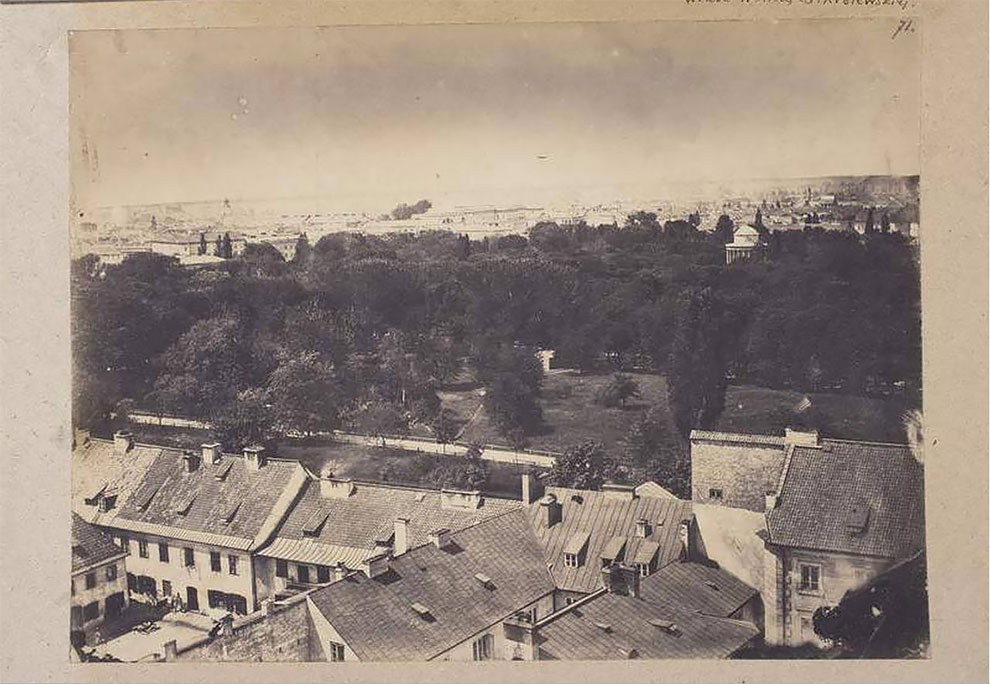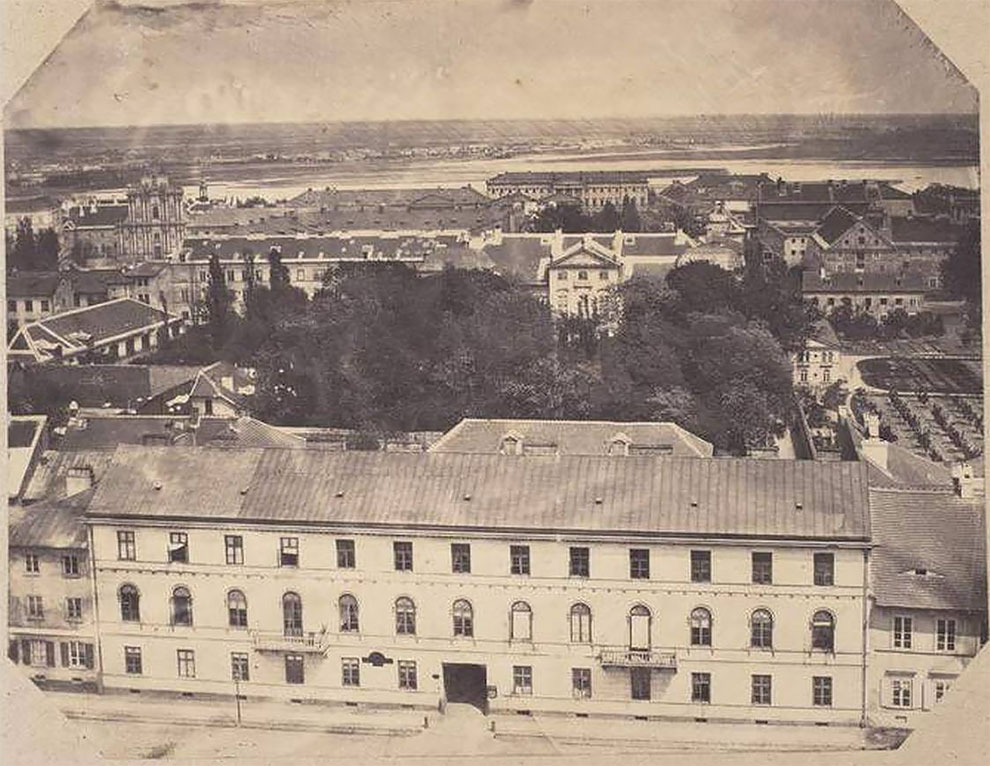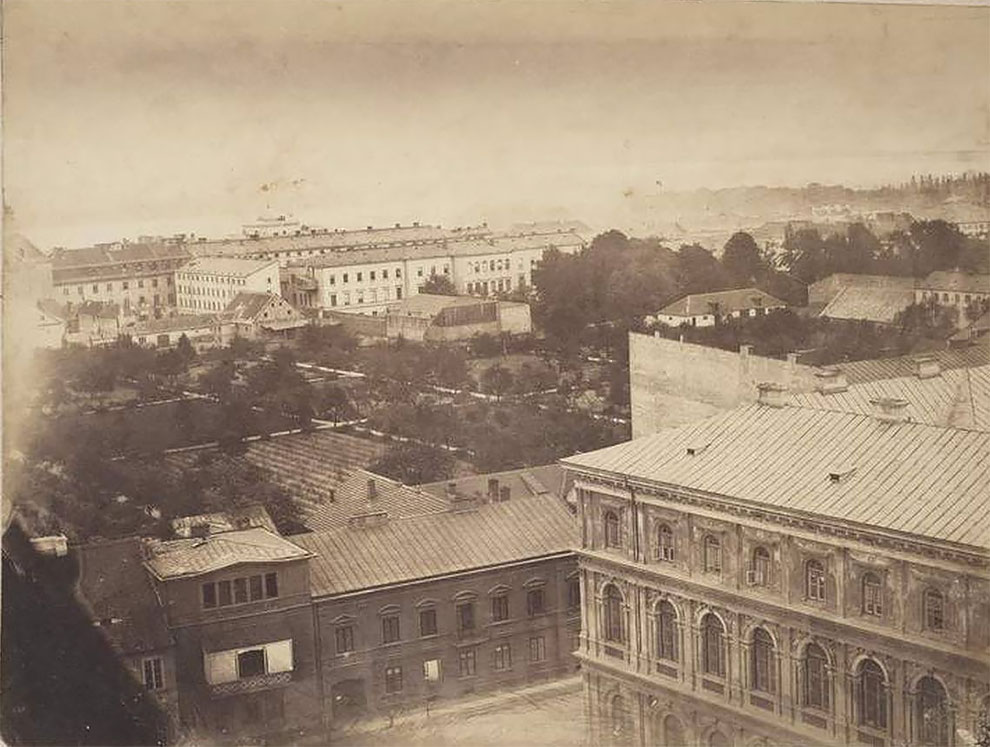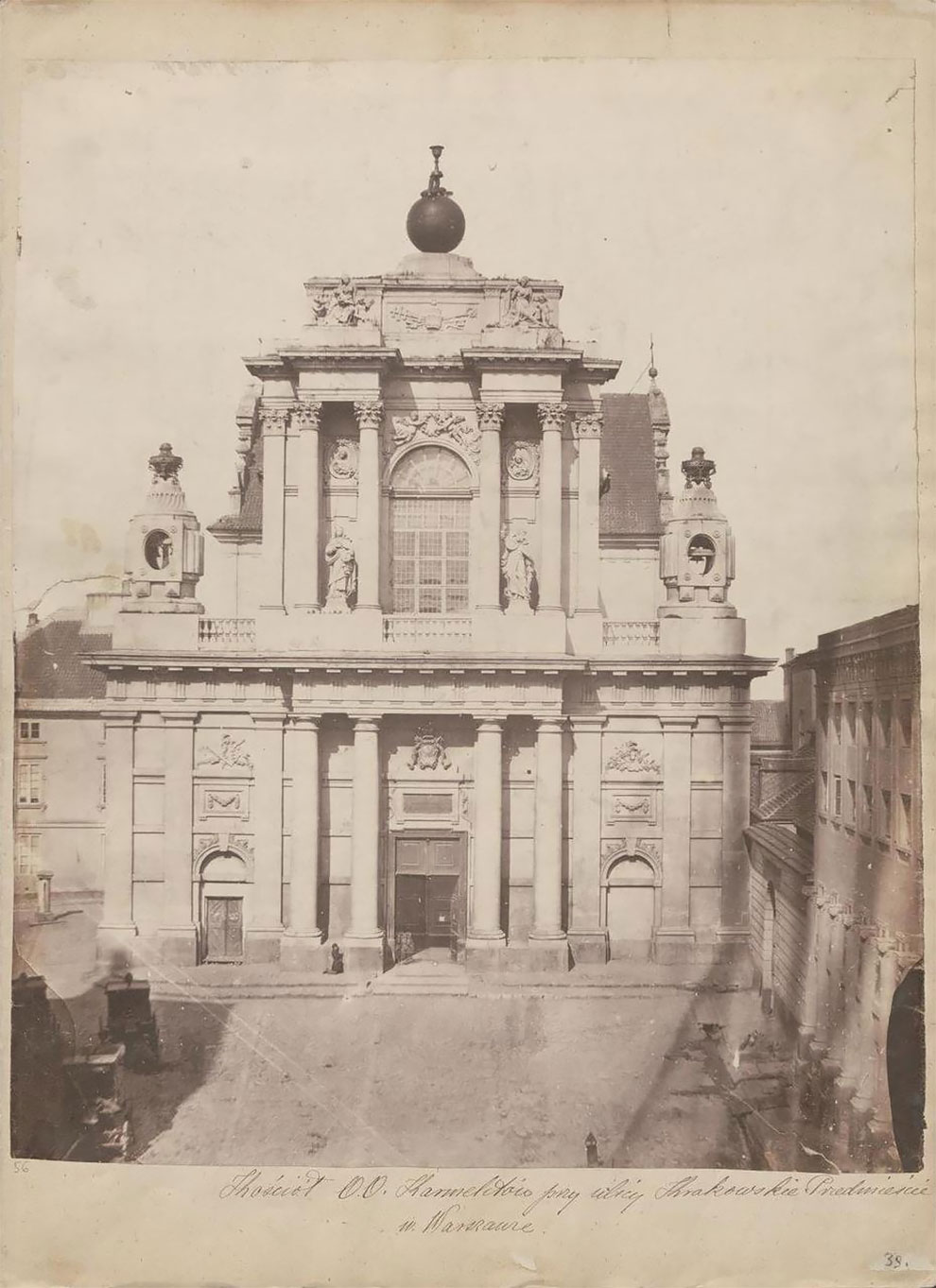Rare and Amazing Photographs of Warsaw, Poland From the 1850s

Warsaw is the capital and largest city of Poland. The city area measures 517 km2 (200 sq mi) and comprises 18 boroughs, while the metropolitan area covers 6,100 km2 (2,355 sq mi). Warsaw is an alpha- global city, a major cultural, political and economic hub, and the country’s seat of government.
h/t: vintag.es

Warsaw flourished throughout the 19th century under Mayor Sokrates Starynkiewicz (1875–92), who was appointed by Alexander III. Under Starynkiewicz Warsaw saw its first water and sewer systems designed and built by the English engineer William Lindley and his son, William Heerlein Lindley, as well as the expansion and modernization of trams, street lighting, and gas infrastructure.

Between 1850 and 1882, the population grew by 134% to 383,000 as a result of rapid urbanization and industrialization. Many migrated from surrounding rural Masovian towns and villages to the city for employment opportunities. The western borough of Wola was transformed from an agricultural periphery occupied mostly by small farms and windmills to an industrial and manufacturing centre. Metallurgical, textile and glassware factories were commonplace, with chimneys dominating the westernmost skyline.










